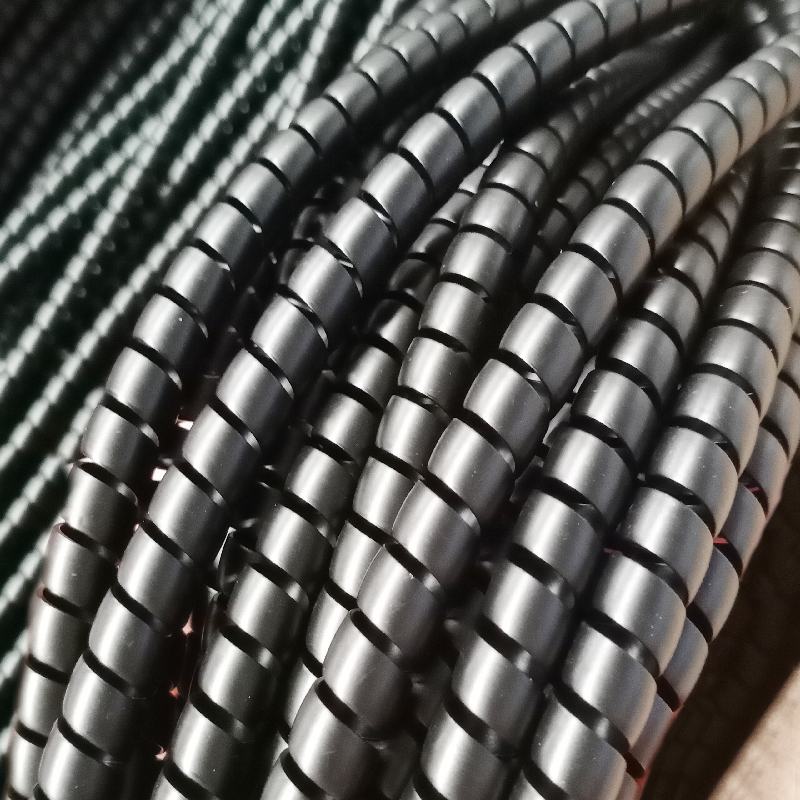Understanding Power Steering Hoses and Lines for Optimal Vehicle Performance
Understanding Power Steering Hoses and Lines
Power steering systems are crucial components of modern vehicles, enabling drivers to steer with ease and precision. At the heart of this system are the power steering hoses and lines, which facilitate the transfer of hydraulic fluid essential for the system's functionality. Understanding these components is vital for any vehicle owner, whether you are maintaining your car or diagnosing issues.
What Are Power Steering Hoses and Lines?
Power steering hoses and lines transport hydraulic fluid from the power steering pump to the steering gear or rack. There are typically two types of hoses within this system the high-pressure hose and the low-pressure return hose. The high-pressure hose carries fluid at a significantly elevated pressure generated by the power steering pump, while the low-pressure return hose allows the fluid to flow back to the pump after it has assisted in steering.
The hoses are usually made from reinforced rubber or synthetic materials, capable of withstanding the considerable pressure exerted during operation. The high-pressure hose is designed to handle pressures often exceeding 1,500 psi, ensuring that it can safely transport fluid without rupturing. Meanwhile, the low-pressure hose, while not under as much strain, is still constructed to prevent leaks and withstand wear over time.
Common Issues with Power Steering Hoses
Over time, power steering hoses can deteriorate due to a variety of factors, including heat, friction, and exposure to harsh chemicals. Leaks are one of the most common issues, often indicated by a whining noise when the steering wheel is turned or fluid puddles beneath the vehicle. Other signs of hose damage may include fraying, swelling, or a noticeable drop in steering performance.
If you suspect a power steering issue, it’s essential to address it promptly. Ignoring leaks or damage can lead to a complete loss of steering assistance, posing a serious safety risk. Replacing faulty hoses is generally a straightforward process, but it’s crucial to ensure compatibility with your specific vehicle make and model.
power steering hoses and lines

Maintenance Tips
Maintaining your power steering system, including hoses and lines, is essential for optimal performance and longevity. Here are some maintenance tips
1. Regular Inspections Routine checks of your power steering hoses can help catch early signs of wear or damage. Look for cracks, leaks, and bulges that may indicate a need for replacement.
2. Fluid Levels Keep an eye on your power steering fluid levels. Low fluid can lead to increased wear on the hoses and pump, resulting in potential failure.
3. Cleanliness Ensure that the area around your power steering components is clean and free from dirt and debris. Contaminants can lead to deterioration of hoses and additional wear on the system.
4. Consistent Service Follow your vehicle manufacturer’s recommended service intervals for power steering system checks and fluid changes. This proactive approach can significantly extend the life of your hoses and overall system.
Conclusion
Power steering hoses and lines are vital to your vehicle's steering system, providing the hydraulic pressure necessary for smooth and safe maneuverability. Understanding their role, recognizing common issues, and following maintenance practices will help ensure that your power steering system continues to function optimally. A well-maintained system not only enhances your driving experience but also contributes to your overall safety on the road. If you encounter any issues, don't hesitate to consult a professional mechanic to ensure proper repairs and replacements.
-
Ultimate Spiral Protection for Hoses & CablesNewsJun.26,2025
-
The Ultimate Quick-Connect Solutions for Every NeedNewsJun.26,2025
-
SAE J1401 Brake Hose: Reliable Choice for Safe BrakingNewsJun.26,2025
-
Reliable J2064 A/C Hoses for Real-World Cooling NeedsNewsJun.26,2025
-
Heavy-Duty Sewer Jetting Hoses Built to LastNewsJun.26,2025
-
Fix Power Steering Tube Leaks Fast – Durable & Affordable SolutionNewsJun.26,2025

